https://blog.priceplow.com/podcast/peptistrong-nuritas-neil-foster-112
One of the most interesting ingredients we’ve covered this year is PeptiStrong, a pro-anabolic natural peptide network extracted from fava beans. Although technically a protein, PeptiStrong is not a dietary protein supplement like whey or casein – it’s actually a signaling network, meaning it delivers instructions to your cells that ultimately crank up their anabolic machinery.
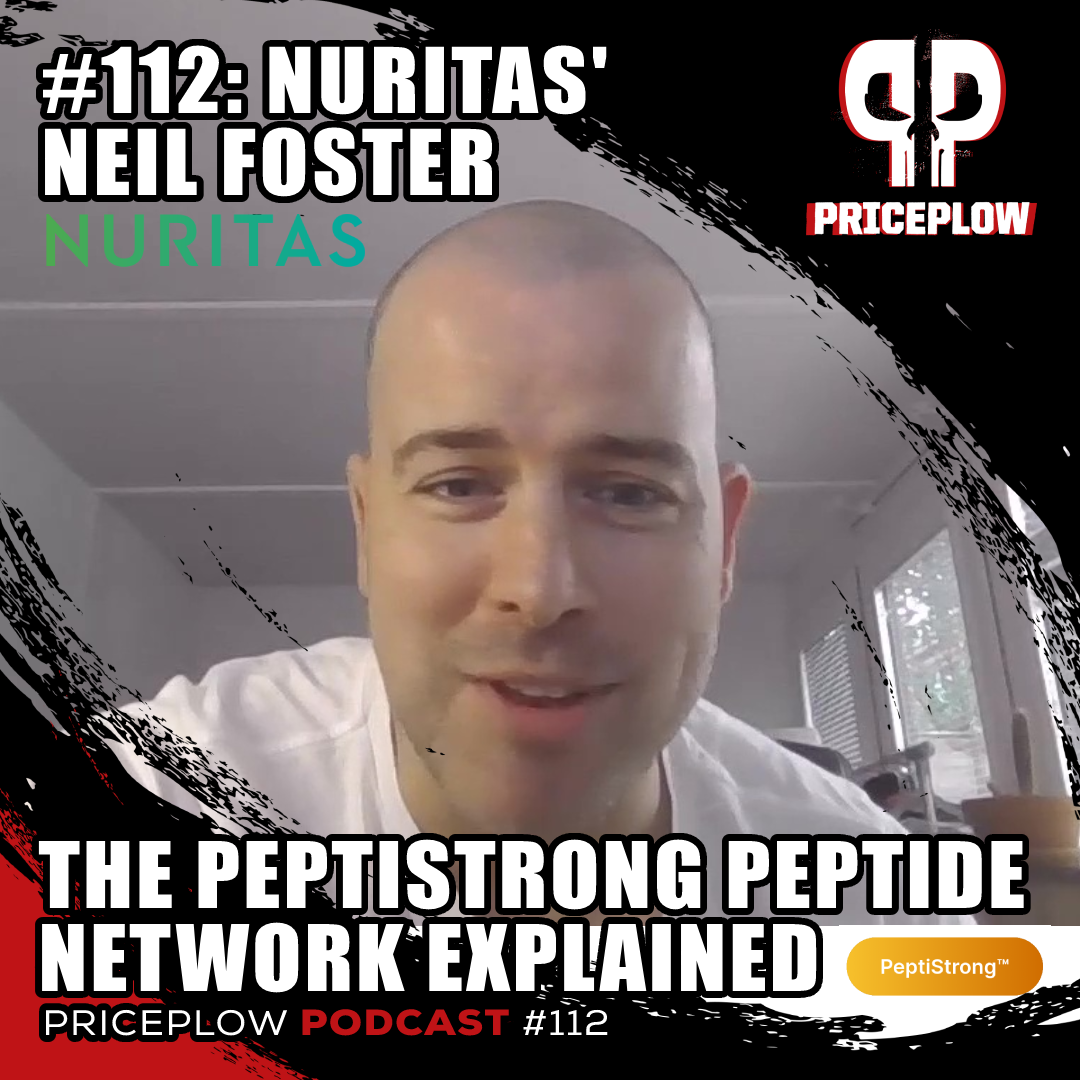
Neil Foster of Nuritas joins the PricePlow Podcast to discuss PeptiStrong, the natural pro-anabolic peptide network for muscle growth and recovery
This means faster recovery, bigger gains, and even anti-catabolic action.
This also means that it’s a complex and science-heavy ingredient, so we brought Neil Foster of Nuritas onto the PricePlow Podcast for Episode #112 to explain the story behind PeptiStrong. Nuritas is the biotechnology company that developed and sells the novel ingredient it, and they have revolutionary AI-driven research tools that led to its discovery and creation.
If you want to read our long-from article about PeptiStrong, check out PeptiStrong: Natural Anabolic Ingredient from Fava Beans.
But if you’d rather watch and listen to the full story and learn about the research behind it, then it’s right here on the PricePlow Podcast:
Podcast: Play in new window | Download (Duration: 1:04:13 — 68.9MB)
Subscribe to the PricePlow Podcast on Your Favorite Service (RSS)
Detailed Show Notes: Neil Foster of Nuritas Explains PeptiStrong
-
0:00 – Neil Foster Introduction
Ben welcomes Neil to the PricePlow Podcast. Neil discusses the depth and expertise of the Nuritas team behind PeptiStrong. Ben talks about how long PeptiStrong has been gaining traction, and successfully overcoming the usual market skepticism about muscle-building ingredients.
-
01:35 – Neil’s Background
Neil discusses his background and personal history with the supplement industry. He’s been involved in it since graduating from university. Back then, muscle-building supplement science was really limited to protein, creatine, and HMB. The advent of AI-driven research technologies gave Nuritas the opportunity to bring something radically new to market. PeptiStrong is technically a peptide network, not a “protein” in the usual sense.
-
03:00 – What’s Really In Food?
Neil points out that the PeptiStrong peptides are basically hidden inside fava bean protein. We don’t have comprehensive knowledge of what exactly constitutes food at the molecular level. AI tools are giving us the opportunity to identify previously unknown food-derived compounds, like PeptiStrong, that can be put to useful ends.
-
03:47 – How Does AI Research Work?
Ben asks Neil about the nuts-and-bolts of how Nuritas’ AI-driven research system works. Does it take conversational inputs, like ChatGPT? Neil talks about how peptides are like the words nature uses to write the genetic “books” that make up organisms. AI helps identify the potential effects of all these millions and millions of peptides, enabling them to be studied and validated much more efficiently.
-
07:20 – Looking For Mechanisms vs. Outcomes
Mike outlines a hypothetical scenario in which one might want to use AI tools to find peptides that can upregulate mTOR. Neil points out that the AI research is much more outcome driven – you’d be looking for peptides that can increase muscle protein synthesis, or accelerate recovery, processes of which mTOR is only one part. So instead of focusing on specific mechanisms, you instead use AI to look for the peptides that can give the ultimate results you want.
-
10:06 – Marketing With AI
Boost your muscles’ natural performance and recovery abilities with PeptiStrong, a natural anabolic peptide network found in fava beans.
Does marketing PeptiStrong as an “AI-developed” peptide matter? Do consumers actually care where effective supplements come from? Neil says when it comes to specific products, not really – consumers just want supplements that work. But in the long run, emphasizing Nuritas’ AI-driven approach can help consumers expect efficacy from future Nuritas products.
-
11:50 – How Is AI-Driven Research A “Magnifier” Technology?
Mike asks Neil about Nuritas’ description of AI-driven research as a magnifier technology. Neil explains that while the peptides identified by AI are present in foods, and you get some effect from the peptide just by eating that food, identifying, isolating, and concentrating those peptides multiplies the impact of the peptide by many times. AI helps Nuritas bring food-derived peptides up to clinically effective doses that would not occur naturally.
-
14:03 – Is PeptiStrong Unique To Fava Beans?
Were there any other potential sources for the specific peptide network that makes up PeptiStrong? Neil says no – you will not find the exact network in any other plants. Nuritas had a short list of similar peptides from different plants, but decided that PeptiStrong was the best to bring to market.
-
15:01 – PeptiStrong Data
Glaxon Anomaly is an incredibly unique muscle-building supplement that downregulates catabolic-promoting genes and can promote more anabolic response. Get ready for a science lesson in this article
Unsurprisingly, Glaxon was the first company to bring PeptiStrong to market (with Glaxon Anomaly).
At that point, only cell data had been published. The Nuritas team did have plenty of human data up their sleeve, but some clinical trials were difficult to finish thanks to social distancing policies implemented during 2020. Neil discusses the natural progression from cell studies to human studies, and some of the cellular-metabolic machinery behind muscle protein synthesis.
-
18:07 – Peptides As Cellular Instructions
Although Nuritas was able to show that PeptiStrong increased muscle protein synthesis more than whey at just a hundredth of the dose, it’s a mistake to call PeptiStrong a better protein. It is, rather, a set of genetic instructions to cells to make more muscle. Peptides are best combined with dietary protein for maximum impact. In other words, PeptiStrong tells your body how to use the dietary protein you consume.
-
19:40 – Nuritas / GNC Partnership
Neil gives Joey at Glaxon kudos, but also points out that Nuritas recently collaborated with GNC to get PeptiStrong into Beyond Raw Dynamic Whey. You can read PricePlow’s analysis of this supplement in our article titled “Beyond Raw Dynamic Whey with PeptiStrong for Better Recovery“.
-
20:12 – Human Clinical Studies – Leg Immobilization Recovery
Neil discusses the human studies completed on PeptiStrong. The first was an immobilization study, conducted by Maastricht University.[1] In this study, male subjects had one leg put in a cast. This invariably results in muscular atrophy, which is the genetically programmed response to muscular inactivity. However, once the cast was removed and subjects returned to normal activity, the PeptiStrong group had 4 times the rate of muscle protein synthesis as a milk protein group![1]
As a result, the PeptiStrong group fully recovered in two weeks, while the milk protein group did not. The study data shows that by the end of the experiment, the PeptiStrong group had 103% the leg press strength that they did before immobilization.[1]
-
26:53 – Human Clinical Studies – Exercise Recovery
The second human study looked at PeptiStrong’s ability to support recovery from exercise.[2] Healthier muscle recovers better, and PeptiStrong seems to make muscles healthier while supporting the cellular-metabolic machinery behind muscle growth and repair.
We get back into this study later on.
-
28:37 – Neil’s Use Of PeptiStrong
Neil talks about how, despite playing sports at a very high level in his youth, he’s become a “very bad runner” and can feel whether he’s using PeptiStrong to recover from his daily workouts or not. He always has a personal stash of PeptiStrong on hand.
-
29:22 – Recovery Is More Than Just Exercise
Neil makes the point that our bodies are under constant metabolic demands, and that every morning we wake up represents recovery from all our activities the day before. He thinks PeptiStrong can help us recover from the wear-and-tear of daily living, not just from athletic exertion.
-
30:44 – Why Did Nuritas Focus On Muscle?
Neil talks about Nuritas’ decision to bring a muscle builder to market first. It was a decision based on the enormous role that muscle plays in overall health and wellness, and the second-order effects that muscle mass has on daily metabolic function.
-
32:35 – Anti-Aging Applications For PeptiStrong?
Mike asks why focus on sports nutrition marketing, when PeptiStrong could be of enormous value in preserving aging muscle? Neil’s answer is that the sports nutrition side of the industry is what really influences thought and drives trends for everybody else. As an example, Neil recalls that 20 years ago, he didn’t see anybody in London drinking protein out of a shaker bottle – now you can observe that behavior pretty much everywhere, and it was mainstreamed by sports nutrition. Also, sports nutrition studies are much easier to do than longitudinal studies.
-
36:13 – How To Take PeptiStrong
What’s the optimal dosing schedule for PeptiStrong – e.g., pre-workout or before bed? Neil says that this question hasn’t been fully studied. Nuritas has seen great results from having study subjects take PeptiStrong in the morning, but this was a decision made for study compliance reasons. Neil thinks that when you take PeptiStrong probably doesn’t matter that much, so long as you actually take it each day. Neil himself takes PeptiStrong post-workout.
-
39:16 – Mike and Neil’s Standard Dosing Schedules
Mike discusses the convenience of using 8 AM / 8 PM doses for anything that needs to be taken twice a day. That’s how he took PeptiStrong.
Neil takes PeptiStrong post-workout, and doesn’t think PeptiStrong necessarily has to be taken with a meal.
-
40:40 – PeptiStrong Bioavailability
Neil talks about how Nuritas prioritized maximizing bioavailability when they engineered the PeptiStrong technology.
-
41:30 – PeptiStrong Leg Extension Recovery Study
Blood concentrations of several important myokines were favorably altered by PeptiStrong supplementation.[2]
Neil gets back to the PeptiStrong recovery study,[2] again comparing PeptiStrong to straight dietary protein. After 14 days of supplementation, participants performed an intense leg extension test designed to cause muscle damage and delayed onset muscle soreness. This strenuous test prevents participants from doing it again on the other leg, and it is not something they would willingly do twice. They continued using PeptiStrong for two more days and returned for recovery tests at 48 and 72 hours. At 48 hours, both groups experienced a decrease in strength, as expected due to muscle damage and pain. However, at 72 hours, the PeptiStrong group not only recovered their strength but surpassed it.[2]
This recovery effect was not observed in the placebo group. Overall, the PeptiStrong group showed a 54% increase in recovery performance compared to the placebo group, and were stronger than they were before the test.[2] This highlights the potential benefits of PeptiStrong for muscle recovery, especially in sports where the typical training session is not as intense as the leg extension test performed for this study.
You can read more about both research studies in our main PeptiStrong article.
-
46:48 – Low Exercise Intensity As Confounding Variable
Ben praises the leg extension study design, pointing out that in general, sports nutrition studies can be hampered by insufficiently intense exercise in the study design. He cites HMB as an example – many negative studies on HMB were later discovered to be based on exercise that wasn’t demanding enough for the benefits of HMB to appear.
-
47:32 – PeptiStrong and Hormones
Neil discusses the credibility of the study’s methodology, highlighting that the equipment used for testing is widely recognized in top physiology labs worldwide. The study has received positive feedback from the academic community, including critical reviewers. The study goes beyond measuring leg strength; it also examines the signals the body sends during and after exercise. Neil mentions two specific signals, IL-6 and IL-15, which are known to be pro-inflammatory. Contrary to the common perception of inflammation as bad, these signals are essential for promoting a healthy immune response and facilitating positive adaptations from exercise. The study shows that feeding participants PEP for 14 days prior to exercise amplifies these signals, indicating an enhanced response to exercise.
-
49:58 – PeptiStrong Protects Against Overtraining?
Neil further explains PeptiStrong’s amplification effect observed in response to the exercise challenge. Additionally, Neil discusses other factors besides IL-6 and IL-15, like the rise of myostatin, an inhibitory factor for muscle growth. The study showed that overtraining led to a significant increase in myostatin levels in the placebo group, whereas the PEP group experienced a much smaller rise. This suggests that PEP may help reduce the risk of overtraining, which could be especially valuable for athletes or military personnel who push themselves to extremes
-
53:27 – PeptiStrong Mechanisms – Fully Understood?
The Glaxon Anomaly Breakdown, per @iamglaxon on Instagram. This image (and product) was created before the two studies[1,2] were published
Neil points out that, while it makes intuitive sense that increasing muscle protein synthesis could improve recovery and protect against overtraining syndrome, it seems to also involve other mechanisms that have yet to be elucidated.
-
54:49 – PeptiStrong Use Cases
Mike points out that while the the primary use case for PeptiStrong might not be for recovery from injury, it could still be beneficial in that case, as it might help retain muscle or strength when patients are forced to deload their muscles during convalescence.
-
55:42 – PeptiStrong and Joint Health
Neil emphasizes the importance of muscles in maintaining good posture and overall joint biomechanics and suggests a more proactive approach to preserving joint health. He argues that supplements which prevent muscle atrophy can also, as a direct result, preserve healthy joint biomechanics. He believes taking better care of muscles, maintaining their strength and function, is a path to improved joint health in the long run.
-
58:27 – PeptiStrong and Metabolic Health
Mike asks if Nuritas is studying PeptiStrong’s impact on glucose disposal. Neil emphasizes the significance of muscle as a reservoir for glucose. Since PeptiStrong supports muscle health, it could be a good long-term strategy for improving glycemic control.
-
1:00:59 – Neil’s Career
PeptiStrong driving Muscle Protein Synthesis through signaling: Doing more with a fraction of the dose of protein. Image courtesy Nuritas, adapted from Weijzen, et al. 2023.[1]
Neil discusses his joining the industry with Maxi Muscle in 1999, due to his interest in rugby and his desire to make a career in the sport. He then got a degree in nutrition, and later moved to Glanbia Nutritionals.
-
1:04:09 – New Studies Coming
Neil urges listeners to keep tabs on the Nuritas website, as new studies will be released in the near future.
Where to Follow Nuritas and Neil
You can also sign up for Nuritas news alerts on PricePlow, so you get emailed next time they’re mentioned:
Subscribe to PricePlow's Newsletter and Nuritas Alerts
Thanks to Neil for taking the time to discuss this new peptide, and the revolutionary research tools that enabled is development.
Until next time, return to the PricePlow Podcast — please subscribe on your favorite platform and leave a good review!



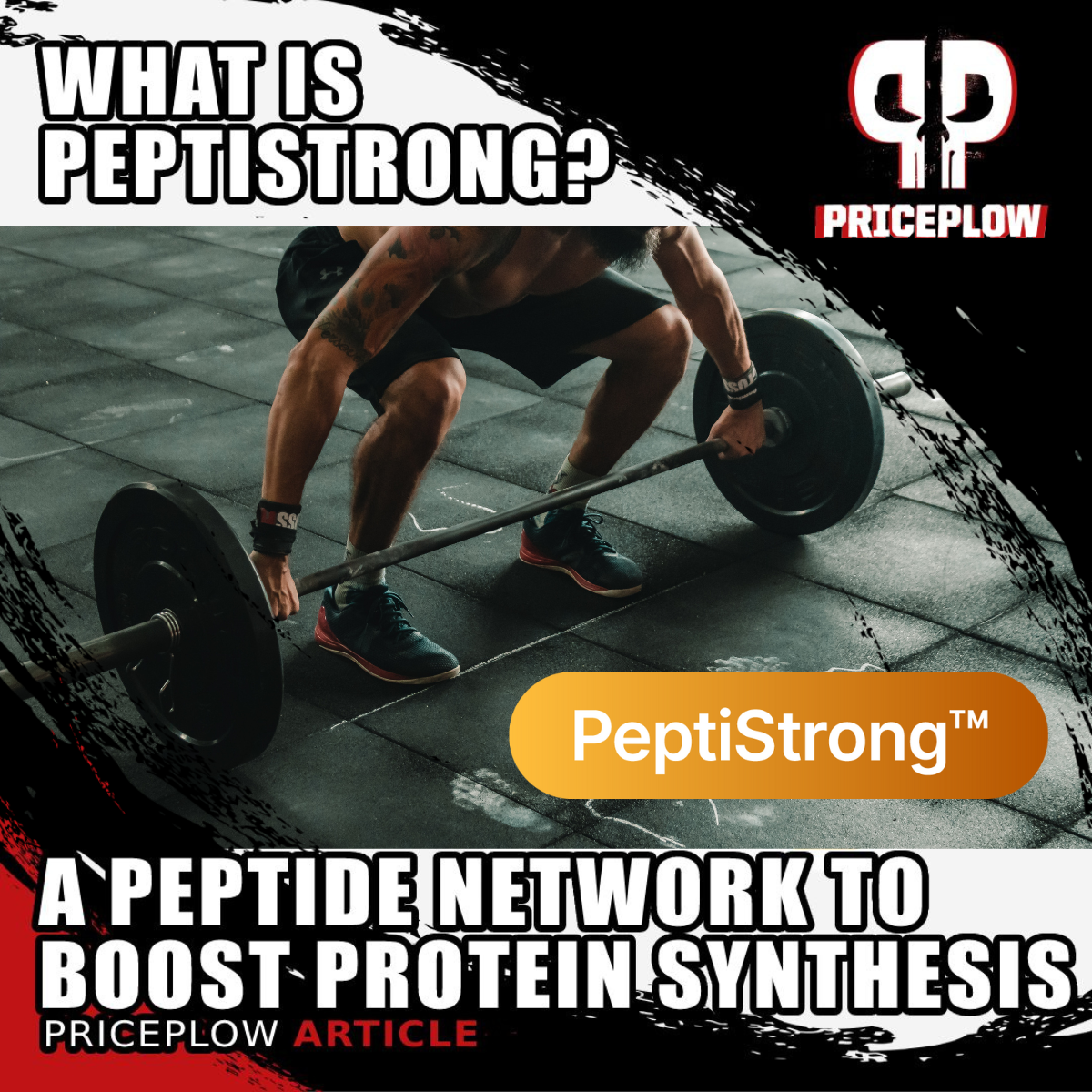
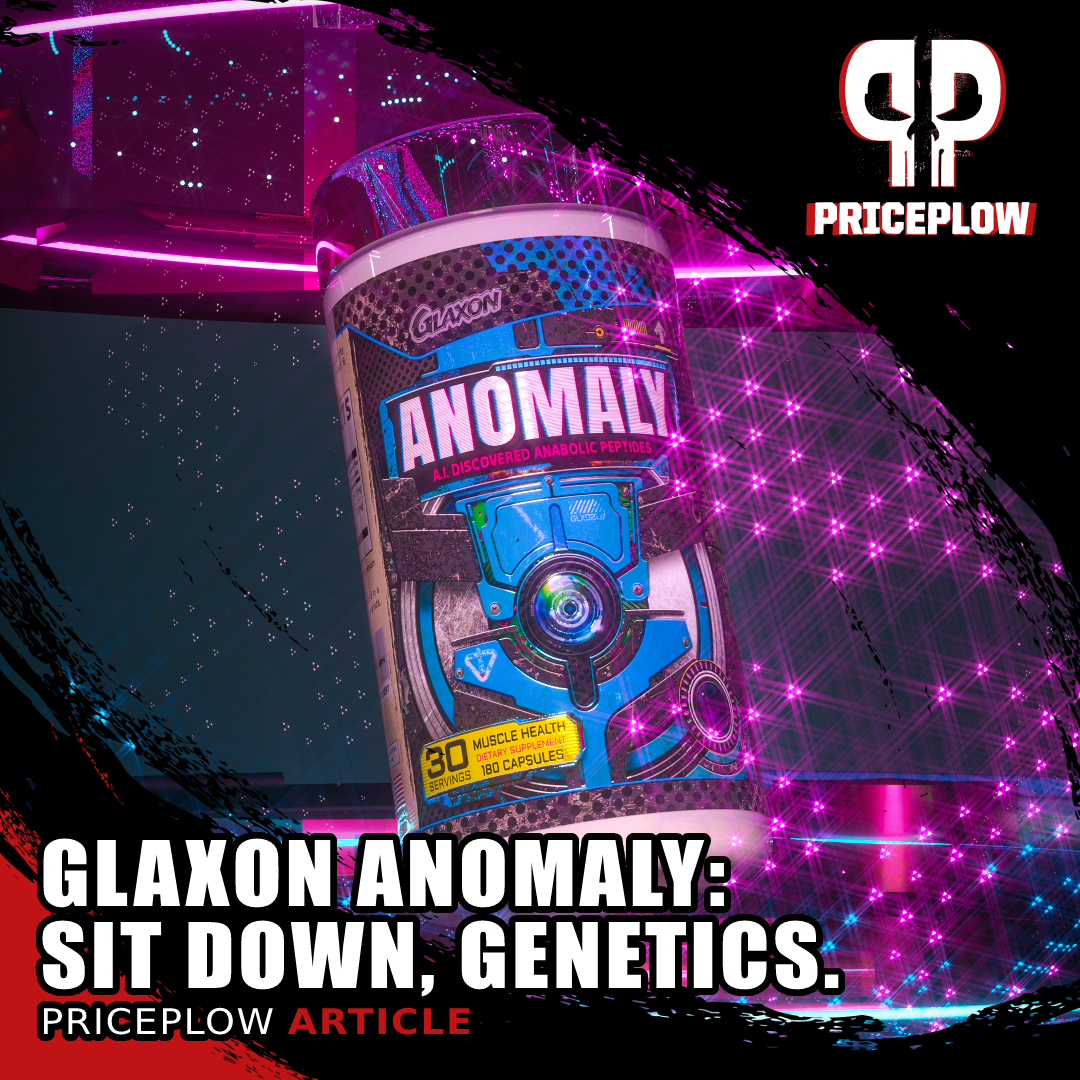

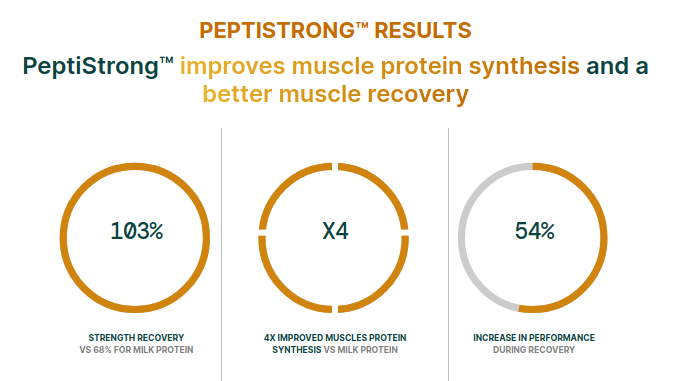
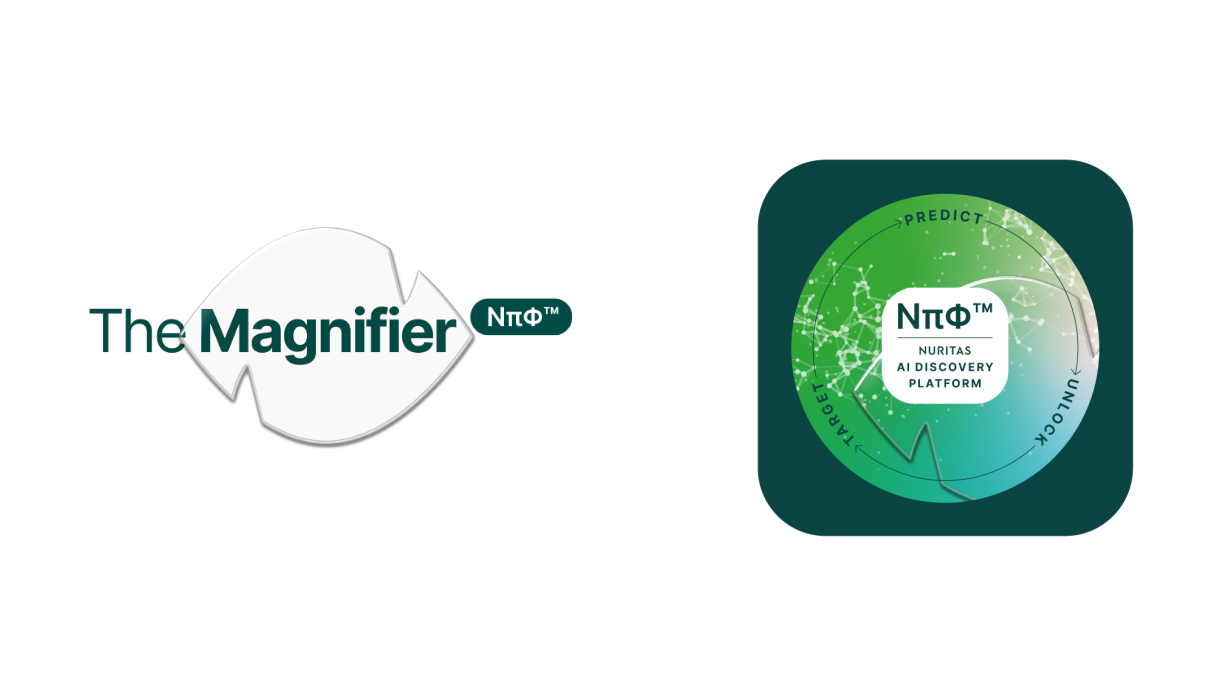

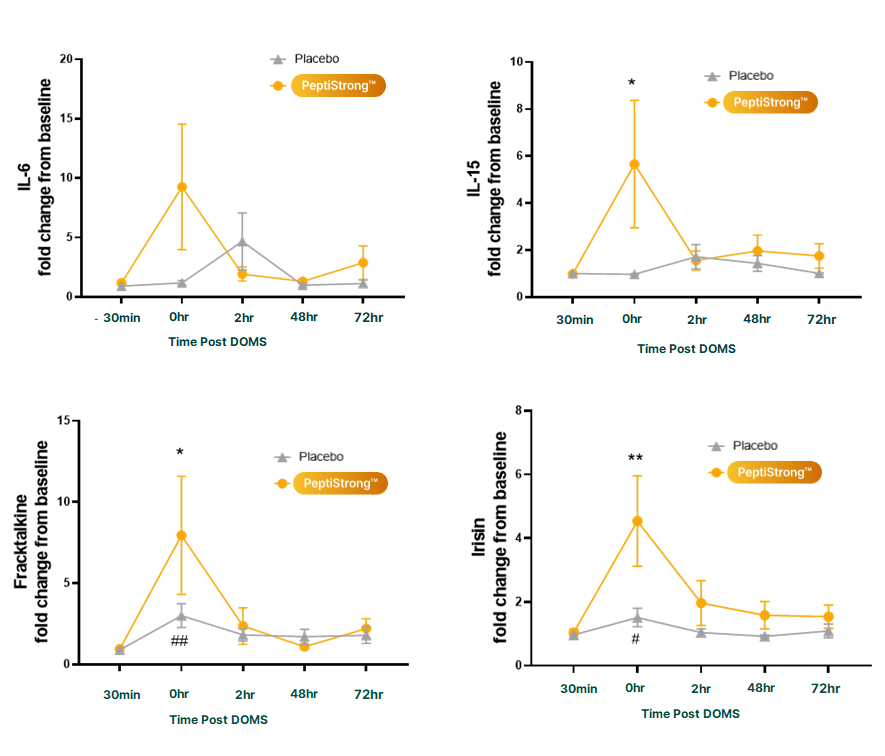
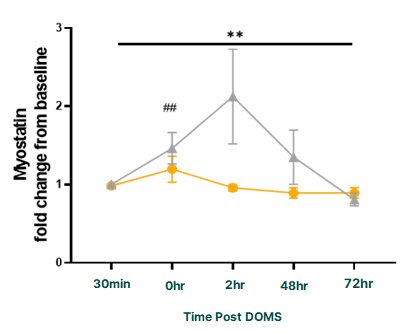
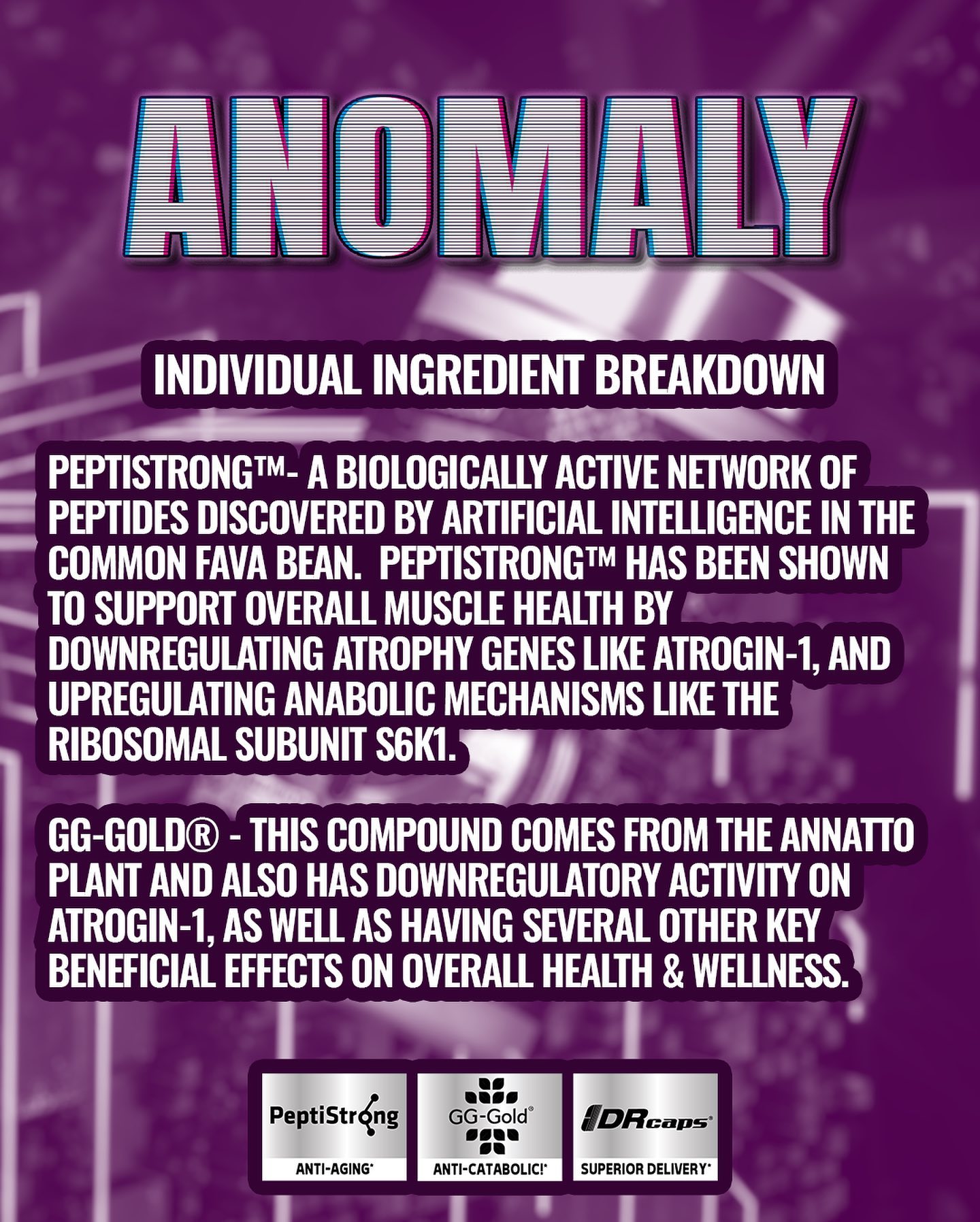


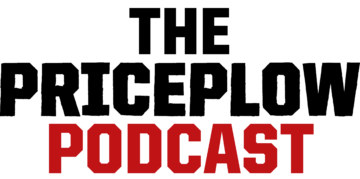
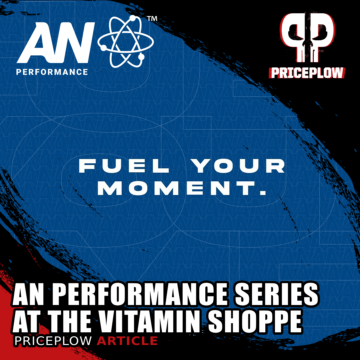

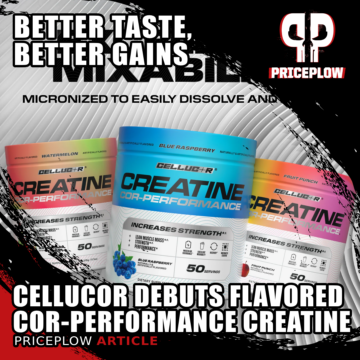
Comments and Discussion (Powered by the PricePlow Forum)